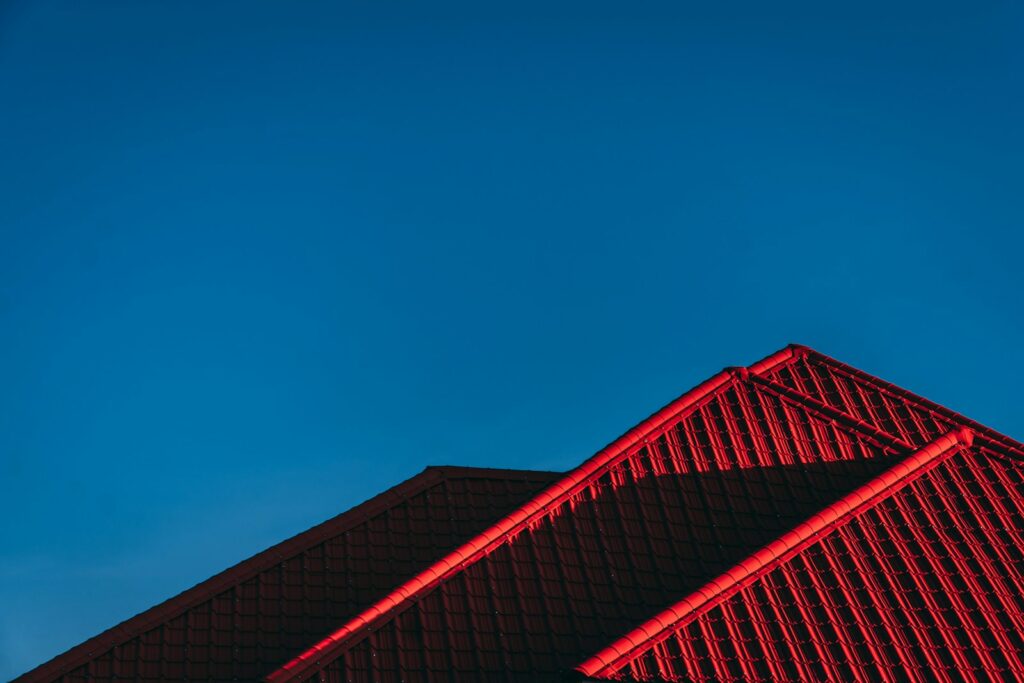In building maintenance, few tasks are as crucial and potentially hazardous, as roof access and upkeep. A well-maintained roof not only ensures the structural integrity of a building but also protects its occupants and assets from the elements. However, working at heights poses inherent risks, making safety the top priority for anyone engaged in roof-related activities.
This comprehensive guide aims to provide a roadmap for safe roof access and maintenance, empowering professionals and homeowners alike to navigate this critical task with confidence and without compromising their well-being.
Assessing the Risks: A Proactive Approach
Before embarking on any roof-related project, it is imperative to conduct a thorough risk assessment. This proactive step involves identifying potential hazards, evaluating the likelihood and severity of each risk, and implementing appropriate control measures.
Some common risks associated with roof access and maintenance include slips, trips, and falls, exposure to inclement weather conditions, and the presence of fragile surfaces or skylights. By carefully assessing these risks, professionals can develop tailored safety plans that mitigate potential dangers and prioritize worker protection.
Personal Protective Equipment
Once the risks have been identified and assessed, the next step is to equip yourself with the appropriate personal protective equipment (PPE). This essential gear serves as your first line of defense against potential hazards and should be considered a non-negotiable requirement for anyone accessing or working on a roof. Additionally, applying Cromapol Acrylic Roof Coating can provide an extra layer of protection against weathering and damage, further safeguarding your roof and enhancing its longevity.
A comprehensive PPE kit for roof access and maintenance typically includes a hard hat to protect against falling objects, non-slip footwear with adequate traction, and a full-body harness system designed for fall protection. Additionally, depending on the specific job requirements, eye protection, gloves, and high-visibility clothing may also be necessary to ensure maximum safety.
Fall Protection Systems: Mitigating the Risks
One of the most significant risks associated with roof access and maintenance is the potential for falls. To mitigate this danger, various fall protection systems have been developed, offering a multi-layered approach to safeguarding workers from life-threatening incidents.
Guardrail systems, which create a physical barrier around the perimeter of the roof, are highly effective in preventing falls. However, in situations where guardrails are impractical or cannot be installed, personal fall arrest systems (PFAS) become crucial. These systems typically consist of a full-body harness, a lifeline, and an anchorage point, working together to arrest a fall and minimize the potential for injury.
Planning for Safe Entry and Exit
Ensuring safe access and egress points is another critical aspect of roof maintenance. Well-designed access routes, such as secured ladders or stairways, help minimize the risk of falls and provide a clear path for workers to enter and exit the roof area safely.
Furthermore, it is essential to establish designated access points and enforce strict adherence to these routes. Unauthorized or improper access methods can significantly increase the risk of accidents and should be strictly prohibited.
Training and Supervision
Even with the best safety protocols and equipment in place, human error can still pose a significant risk. That’s why comprehensive training and proper supervision are vital components of a successful roof access and maintenance program.
Regular training sessions should cover topics such as risk assessment, proper use of PPE, fall protection systems, and emergency procedures. These sessions should be tailored to the specific job requirements and delivered by qualified instructors to ensure that workers fully understand and can effectively implement the safety measures.
Maintenance and Inspection
Roof access and maintenance are not one-time events; they require ongoing vigilance and a commitment to maintaining the highest safety standards. Regular inspections and maintenance of safety equipment, such as guardrails, ladders, and fall arrest systems, are essential to ensuring their continued effectiveness and reliability.
Furthermore, it is important to establish a system for documenting and reporting any issues or concerns related to roof access and maintenance. This information can be used to identify recurring problems, implement corrective actions, and continuously improve the overall safety program.
Here is a list of items you should have for Travel Vlogging(Opens in a new browser tab)
Culture of Safety
Ultimately, fostering a culture of safety is the cornerstone of successful roof access and maintenance operations. This culture should be embedded in every aspect of the organization, from senior leadership to front-line workers, and should be reinforced through clear communication, ongoing training, and a demonstrated commitment to prioritizing worker well-being.
Remember, safety is not a luxury – it’s an essential investment in the well-being of your workforce and the longevity of your building. Embrace these guidelines, stay vigilant, and prioritize safety at every turn, for a well-maintained roof is not only a symbol of structural integrity but also a testament to the unwavering commitment to protecting the lives of those who work at heights.
